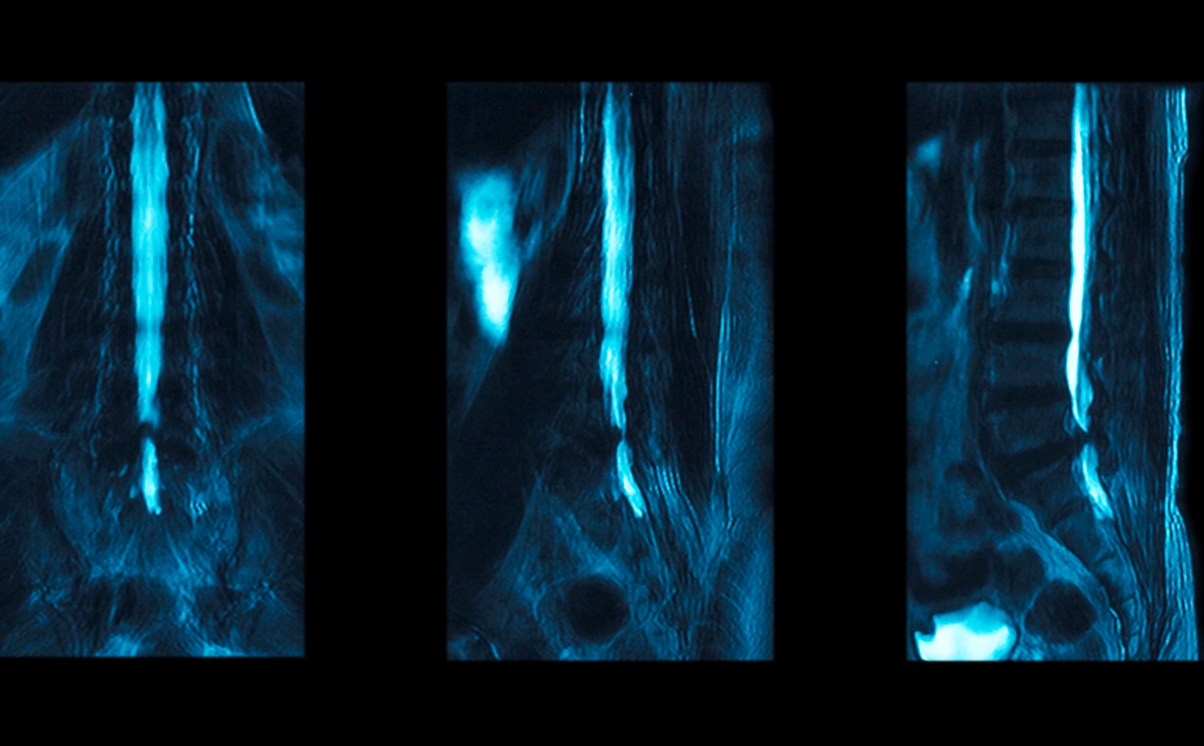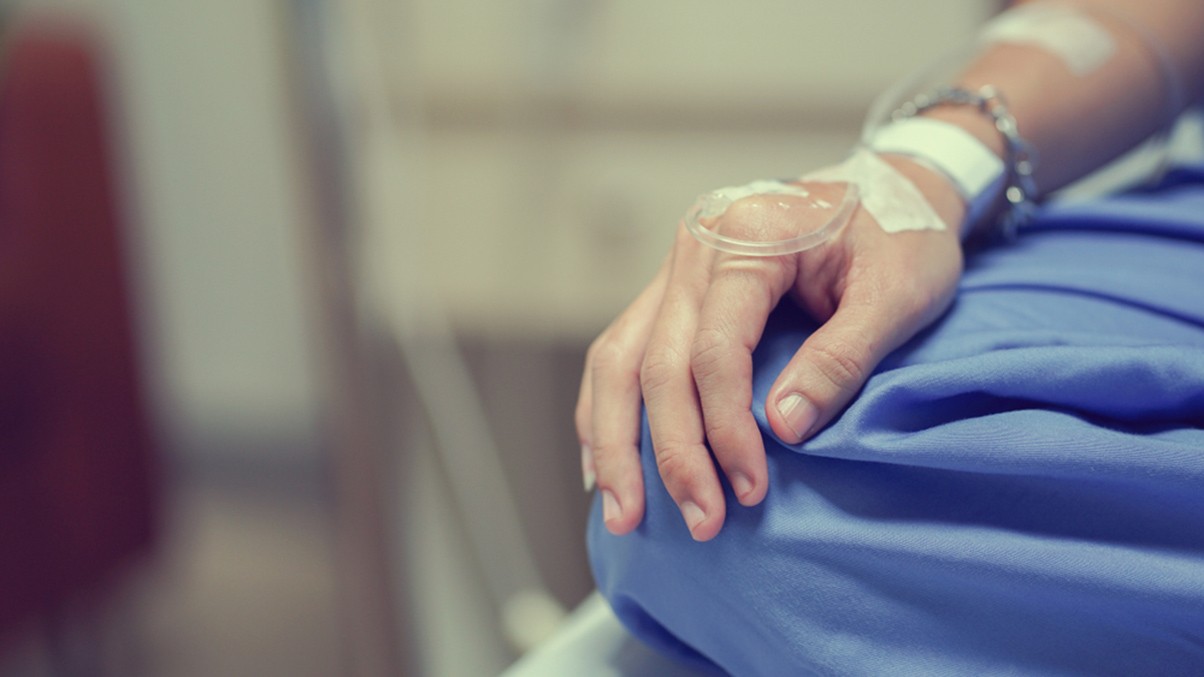Stewarts recently responded to the Health and Social Care Committee’s call for evidence regarding NHS litigation reform. The inquiry invited written submissions on what changes the government should consider as part of its review of clinical negligence litigation, with a particular focus on reducing litigation costs, promoting learning and reducing ‘blame culture’ within the NHS.
The inquiry appeared to address together issues of compensatory damages for victims of clinical negligence, alongside the need to improve patient safety through learning from past errors. The Stewarts response was that these are two distinct issues – the first being part of the legal system, but the second, being a matter which only healthcare providers can themselves address. Hugh Johnson and Miriam Spencer set out some of the key themes arising from the consultation and Stewarts’ responses.
Reducing litigation costs
In 2020, it was estimated the NHS undertook 1.5 million interventions per day. Against that backdrop, data from the NHS Resolution (NHSR) annual reports demonstrates that the total number of claims notified to the NHS has remained relatively static over recent years. The most recent NHSR data reveals that the legal costs of bringing those claims are also reducing. Stewarts responded that the opportunity to reduce litigation costs would most likely be achieved through an enhanced programme within the NHS to enable learning from claims made as well as “near misses”. This would be preferable to an unnecessary overhaul of the litigation system at potential cost to innocent victims of medical negligence.
The duty of candour
The Health and Social Care Act 2008 (Regulated Activities) Regulations 2014 aimed to ensure openness and transparency within the NHS, and those requirements should not be underestimated.
Studies have found that a full and frank disclosure of an adverse incident to a patient reduces the incidence of litigation. Full disclosure, together with an appropriate apology, would assist in ensuring that the concerns of patients are addressed in a meaningful way at an early stage.
Our experience is that some hospital trusts have improved their approach to the duty of candour in recent years. Some of our clients have been to detailed duty of candour meetings in which identified errors have been explained as part of a serious incident investigation. An apology is less frequent and afforded to few clients, notwithstanding the efforts of NHSR to communicate to staff that an apology is not to be construed as an admission of liability. Unfortunately, in most cases in which there has been an adverse outcome, no investigation is undertaken. For greater learning across the NHS, we would suggest and welcome a uniform approach to the duty of candour across the organisation and its staff.
The ‘blame culture’
In our view, any “blame culture” does not stem from the clinical negligence litigation system but rather is a longstanding systemic problem that has developed in the NHS.
For the vast majority of Stewarts’ seriously injured clients, their aim is not to blame or seek retribution from those who have been negligent. The decision to bring a clinical negligence claim is not taken lightly. It is motivated by the claimants’ and their families’ realisation that they need funds to cover loss of earnings, rehabilitation, care or treatment. Our experience is that claimants do not seek to attribute blame to any individual, rather they simply want failures of care to be accepted as a component of proving their claim.
Promoting learning
The recent publication of “Learning from Litigation Claims: Getting It Right First Time (GIRFT) together with “NHS Resolution best practice guide for clinicians and managers” highlighted that frontline clinical staff often did not know about the claims arising from care and treatment provided in their own hospital department, let alone in other hospitals or trusts.
Those who criticise the current system appear to call for a ‘no-fault’ or ‘no-blame’ system, which would enable patients who have been harmed to access a fund for required financial support without the need to prove negligence. In a recent review of the law of torts and current systems for the management of clinical negligence claims in Ireland, an expert group considered the introduction of a no-fault system in detail. The group concluded it was not appropriate for several reasons, principally because a no-fault system could decrease the likelihood of important patient safety lessons being learned. It is important to accept that human error will inevitably occur within the context of complex healthcare provided to the UK population. This expert group expressly recognised that “where fault is identified, it can lead to prevention of such events occurring again”.
The litigation process itself should not be a barrier to internal learning and information sharing from trust to trust. Stewarts’ response to this call for evidence suggested NHSR may need to be more active in disseminating relevant data between trusts to enable further discussion and collaboration on adverse outcomes and future avoidance of harm.
To demonstrate NHS commitment to learning from litigation, hospital trusts should, post settlement, write to patients who have experienced serious adverse outcomes to explain the measures put in place to prevent the same mistakes from occurring again. In our experience, claimants (and/or their families) would gain real comfort from this, and it would demonstrate that lessons had been learned.
Conclusion
We do not consider reform of the litigation system is necessary to improve patient care, nor should negligently injured patients be required to accept anything less than full compensation for their losses. Improved patient safety leading to a reduced rate of clinical negligence claims requires a well-funded NHS. That is the financial responsibility of the government and all taxpayers, not the small cohort of people who are injured through substandard care.
You can find further information regarding our expertise, experience and team on our Clinical Negligence pages.
If you require assistance from our team, please contact us.
Subscribe – In order to receive our news straight to your inbox, subscribe here. Our newsletters are sent no more than once a month.







